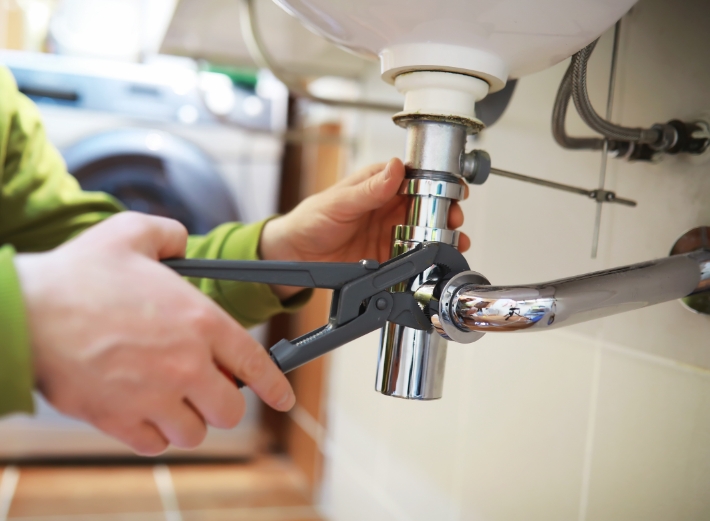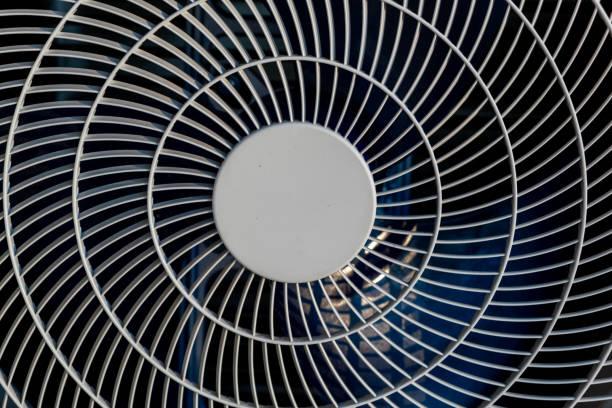How to Unclog a Shower Drain: 6 Fast and Effective DIY Methods
A clogged shower drain is a common annoyance, but it doesn’t always require a professional plumber. With the right techniques, you can easily fix it yourself. This guide will show you how to unclog a shower drain using 6 fast and effective DIY methods, saving you time and money.
Understanding Shower Drain Clogs
Clogs occur due to a buildup of hair, soap, or other debris in the drain. Over time, these materials form a barrier that prevents water from flowing properly. If left unchecked, clogs can cause standing water, leading to a more serious plumbing issue.
Table: Common Causes of Shower Drain Clogs and Solutions
| Cause of Clog | Solution | Tools Needed |
| Hair Buildup | Use a hair removal tool or coat hanger | Hair Catcher, Coat Hanger |
| Soap Scum and Grease | Pour boiling water or use baking soda and vinegar | Kettle, Baking Soda, Vinegar |
| Hard Water Deposits | Try a drain snake or a natural solution | Drain Snake, Baking Soda, Vinegar |
| Small Objects in Drain | Remove manually with a drain snake | Drain Snake, Rubber Gloves |
Also Read: Young House Love: DIY Projects, Trends, and Personal Stories
6 Fast and Effective DIY Methods to Unclog a Shower Drain
How to Unclog a Shower Drain with Boiling Water
Boiling water is one of the simplest ways to tackle minor clogs caused by soap scum and grease. Here’s how you can do it:
- Boil a kettle of water.
- Slowly pour the boiling water into the drain.
- Wait 10 minutes and then run hot water to check if the clog is cleared.
This method works best for clogs caused by soap and grease, but avoid using boiling water if you have PVC pipes, as it could cause damage.
How to Unclog a Shower Drain with Baking Soda and Vinegar
A more natural method involves using baking soda and vinegar. This solution creates a fizzy reaction that breaks down clogs caused by hair and soap residue.
- Pour 1/3 cup of baking soda into the drain.
- Add 1/3 cup of vinegar.
- Allow the mixture to sit for at least one hour.
- Flush the drain with hot water.
This method is eco-friendly and works well for mild to moderate clogs.
How to Unclog a Shower Drain with a Plunger
Plungers work by creating suction to dislodge the clog.
- Cover the overflow hole if there is one.
- Fill the base with enough water to cover the plunger.
- Position the plunger over the drain and push down and up rapidly several times.
- Check if the water drains; repeat if necessary.
How to Unclog a Shower Drain with Hair Removal Tools
Hair is the most common cause of clogged drains. You can unclog hair from a shower drain without a snake by using a coat hanger:
- Straighten a coat hanger and create a small hook at the end.
- Remove the drain cover and insert the hanger.
- Hook and pull out the hair clog.
- Flush the drain with water.
How to Unclog a Shower Drain with a Snake
A plumber’s snake is useful for clogs located deeper within the pipe:
- Insert the snake into the drain and push until you feel resistance.
- Turn the handle to break through the clog.
- Pull out the debris and flush the drain with hot water.
This method works well for tougher clogs that are out of reach of manual tools.
Using Chemical Drain Cleaners
Chemical drain cleaners can help dissolve tough clogs but should be used sparingly as they can damage pipes. Always wear gloves and ensure proper ventilation when using these products.
Preventing Future Clogs
Once your drain is unclogged, you’ll want to prevent future blockages:
- Install a hair catcher to trap hair before it enters the drain.
- Regularly flush the drain with hot water to prevent soap and grease buildup.
- Monthly maintenance using baking soda and vinegar can keep clogs at bay.
FAQs on How to Unclog a Shower Drain
Q1: What is the easiest way to unclog a shower drain naturally?
The easiest natural method is using baking soda and vinegar. This simple mixture breaks down clogs effectively without harmful chemicals.
Q2: How do I unclog a shower drain with standing water?
If you have standing water, first remove as much as possible. Then use a plunger or pour boiling water down the drain to help break up the clog.
Q3: Can I use boiling water to unclog a shower drain if I have PVC pipes?
No, boiling water can damage PVC pipes. Instead, use warm water or natural solutions like baking soda and vinegar.
Q4: How do I prevent my shower drain from clogging with hair?
Use a hair catcher to trap hair before it goes down the drain. Clean the catcher regularly to keep the drain clear.
Q5: When should I call a professional plumber?
If you’ve tried all DIY methods and the clog persists, it may be time to call a professional. Recurring clogs can indicate a more serious issue.
By following these steps, you can unclog your shower drain quickly and effectively, saving money and avoiding unnecessary frustration. With a few simple tools and some DIY know-how, you’ll have your shower flowing smoothly again in no time.
NY Monthly is a digital publication focused on exploring the pulse of New York City. Covering everything from travel, lifestyle, food, arts, business, and culture, NY Monthly brings the best stories to life. Our mission is to inform, inspire, and connect readers with the latest trends and hidden gems throughout the city and beyond.






